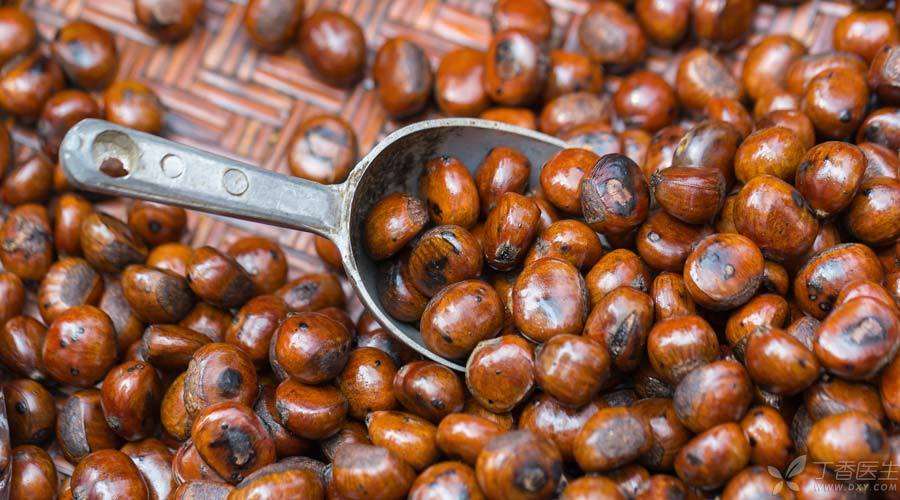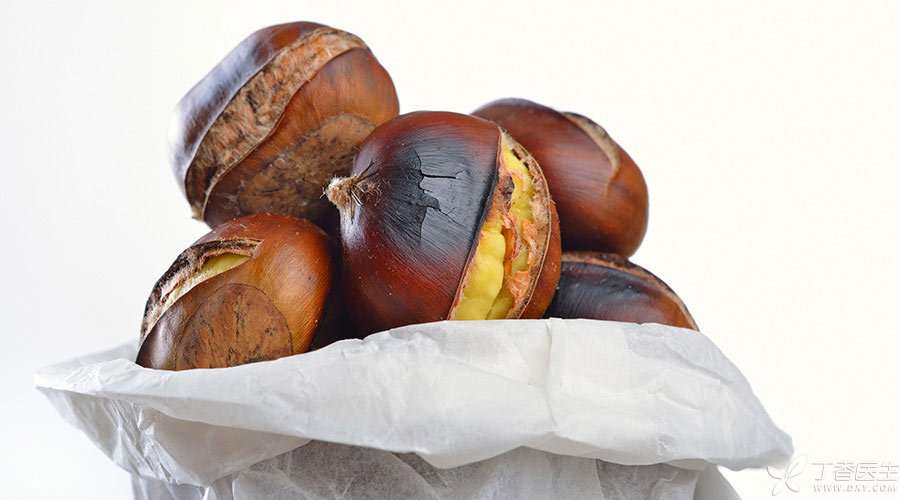
The shiny fried chestnuts are still warm and fragrant when they are grasped … This is a favorite autumn food for many people.
However, many people are worried about eating chestnuts: how should chestnuts be eaten?
Street sugar fried chestnuts may be fishy,
Many people like to buy sugar fried chestnuts at roadside stalls, which are delicious and convenient, but they may ignore the problems here.
1. The roadside environment is not hygienic.
Chestnuts are exposed to street environment for a long time, especially in autumn and winter, when the wind is strong and dusty, sugar and oil are easily contaminated with pollutants. The more sticky chestnuts have their shells, the greater the hygiene problem.
Purchase Suggestions:
- Try to choose chestnuts processed and sold in indoor environment such as Shangchao, instead of buying chestnuts on the street.
2. Brightening of Industrial Paraffin Oil
Some vendors add paraffin oil to chestnuts in order to make them look oily and attractive.
Paraffin wax has a special food grade classification. In the Food Additive Use Standard GB2760-2014, it is clearly stipulated that food grade paraffin wax can be used in the processing technology of certain types of food. Food grade paraffin wax is colorless and tasteless, and it is not easy to be found when added to food.
However, most of the [industrial paraffin oil] is not purified well, with more impurities and certain carcinogenicity. The more inferior the paraffin oil is, the more harmful impurities it contains, the stronger the carcinogenicity will be. Of course, black-hearted traders prefer to use cheap inferior industrial paraffin oil.
Purchase Suggestions:
- Wipe the shell of chestnuts with paper towel. Try not to buy those with oil stains.
Although some people add vegetable oil when frying chestnuts, the amount is generally relatively small.

3. Saccharin sweetens and bitters
Chestnuts already have a faint sweet taste, which is even more sweet and delicious when fried with sugar, but some vendors may add saccharin to chestnuts.
The chemical name of saccharin is [o-benzoylsulfonimide], and its sweetness is about 500 times that of white sugar. Therefore, it is much cheaper to use saccharin than white sugar (not to mention the more expensive honey) to make a large pot of fried chestnuts sweet and greasy with a little bit.
Saccharin is a kind of sweetener that can be used legally, and its safety can be assured. The only problem is that every legal food additive has [allowed scope of use], and food such as fried chestnuts are not allowed to use food additives.
Purchase Suggestions:
- Try to choose chestnuts that are closed, so that if the outer substance is not eaten into the mouth, there will be no problem. Before buying an open chestnut, you can ask the peddler for a taste, but you don’t buy one that is sweet and slightly bitter.
There are two ways to pick chestnuts.
At ordinary times, it is better to go to regular shopping malls and supermarkets as far as possible to buy chestnuts, or to buy raw chestnuts for processing by oneself. There are two suggestions for selection:
1. Appearance ratio
Pick the ones with light color, many fluff and little luster in the shell. Don’t just pick the ones with big size.
Because deep color, less hair and bright appearance are the characteristics of old chestnuts, old chestnuts are not delicious and are not recommended to be purchased.
However, small chestnuts are often sweeter and more delicious than big chestnuts. Another trick is to pay attention to the shape of chestnuts. Chestnuts that are round and flat on one side are sweeter than chestnuts that are flat on both sides.
Step 2 Take a look at the flesh color
When choosing chestnuts, don’t blindly pursue white or golden color of pulp.
Pulp that is too golden in color may have been chemically treated.
If it is found that the middle of chestnut pulp is brown after frying or cooking, there is no need to worry. This is caused by [browning reaction] of enzymes contained in chestnuts. As long as the taste does not change, it is not harmful to human body.
